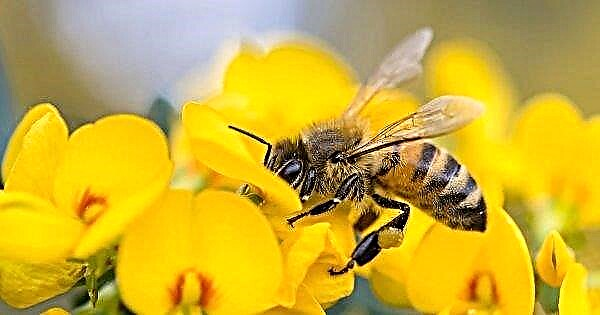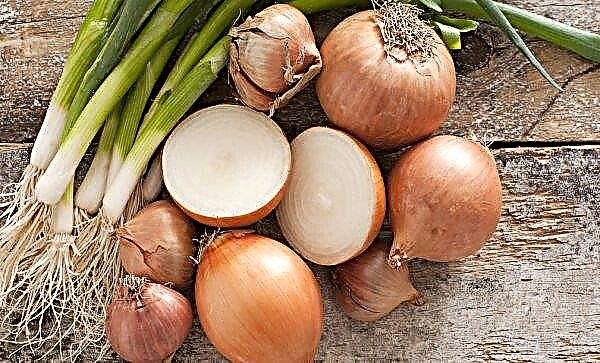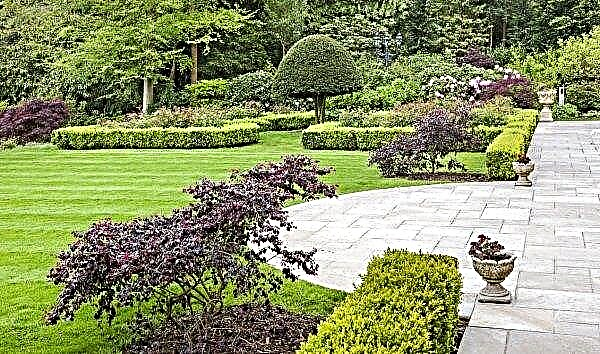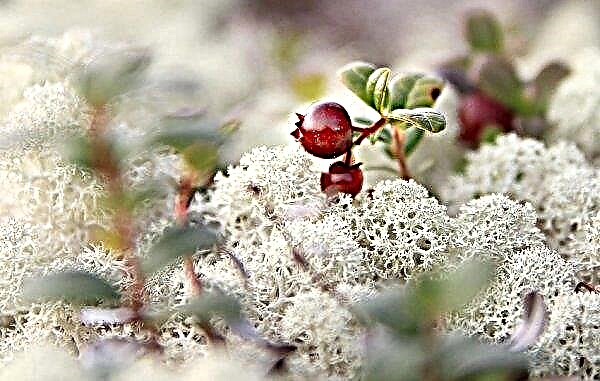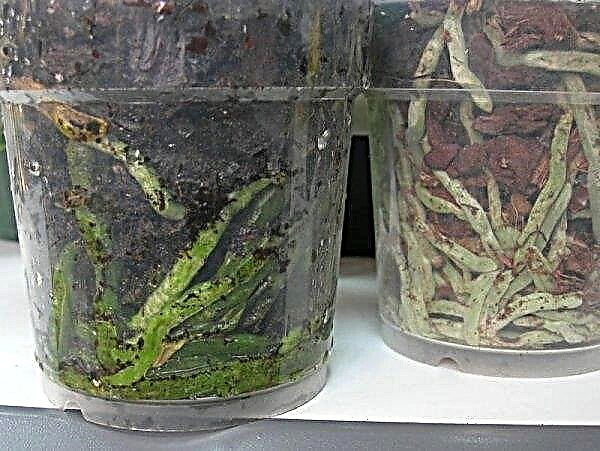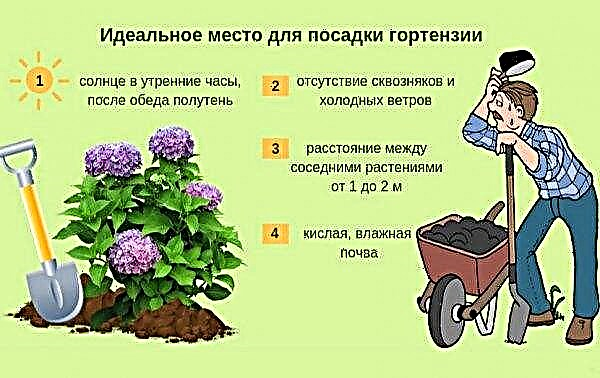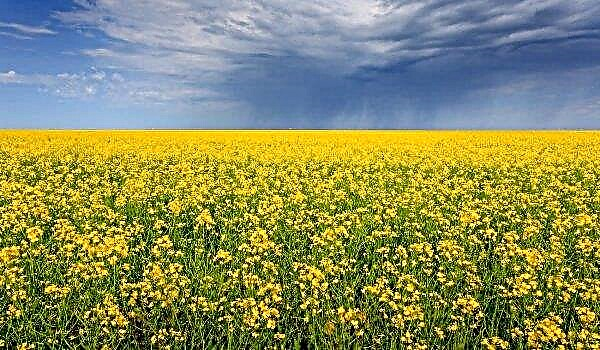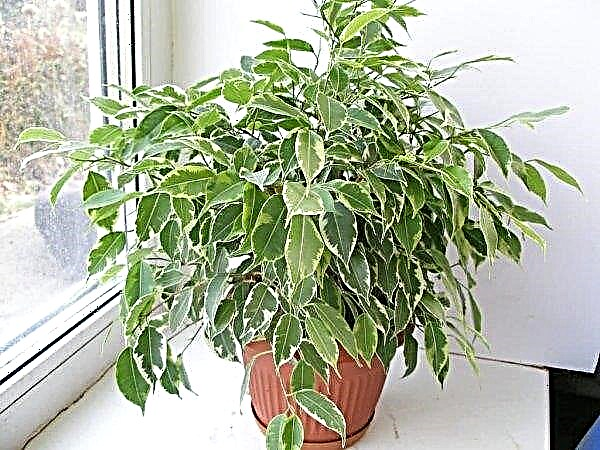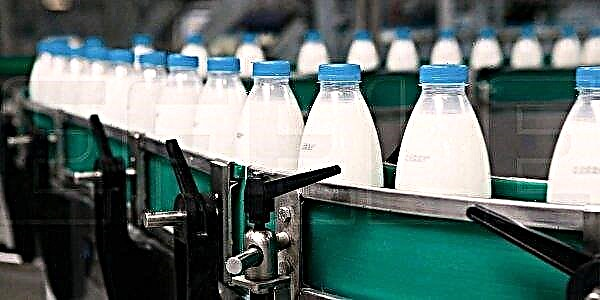The most common and popular mushrooms are champignons. They are used in cosmetology, cooking and traditional medicine. Demand for these mushrooms is always high, so many farmers try to grow their homes as a business. It is not as difficult as it may seem. It is enough to follow the basic rules.
Champignon
Champignon mushrooms are characterized by a fairly large hat (from 5 to 18 cm), which has a white or light brown hue. The shape resembles a hemisphere. With age, the hat acquires an open structure. Most often the surface is smooth. Only in some cases can it consist of small scales. The leg of the edible mushroom is high, up to 11 cm. Its shade is the same as the hats. The leg is flat and expands slightly at the base. In the middle is a wide ring of white color. Plates of the fruiting body, at a young age, are white or pink. Over time, they become brown.
The leg of the edible mushroom is high, up to 11 cm. Its shade is the same as the hats. The leg is flat and expands slightly at the base. In the middle is a wide ring of white color. Plates of the fruiting body, at a young age, are white or pink. Over time, they become brown.
The pulp is characterized by a white tint. If it is broken, it will change color to pink. This is due to the fact that air affects the flesh. The mushroom grows from May to October. Growth is carried out on fertile soils, where a large amount of manure and humus. In some cases, it can break through the asphalt.
The technology of growing champignons at home
If we consider the technology of growing champignons at home, then it consists in the following:
- mushroom seeds are planted in already prepared soil;
- landing is carried out at an optimum temperature of + 22 ° C to + 24 ° C;
- the room should not be hot or stuffy. Mushrooms do not tolerate such conditions and die;
- planting technology must be correct for the mycelium to take root;
- all procedures should be carried out step by step. If everything is done right, then even a beginner will be able to grow champignons;
- when the first fruiting bodies appear, watering should be reduced so that the roots do not rot.

How to grow champignons in the basement, cellar, garage
If you want to grow champignons in the basement, cellar or garage, then you need to know the main stages of preparation in this process. Watch the quality of planting material, the substrate and the conditions in which the mushrooms will grow.
Important! Champignons negatively perceive high temperatures. Therefore, planting them in open ground near a private house is not advisable.
The process of growing such a product is influenced by a huge number of factors, which will be discussed below. When harvesting, be careful not to damage it.
Lighting and ventilation
For the farmer, it may turn out to be a very favorable condition that the mushrooms develop in complete darkness. It is allowed to turn on the light only in the process of carrying out maintenance or collection of products. Landings should also be protected from direct sunlight. If you plant mushrooms near the windows, then it is better to darken them or hang dense curtains.
To grow champignons at home, it is important to provide them with a constant flow of fresh air. If the ventilation is poor, the fruiting bodies will not rise well, they will show signs of disease, and bacteria and pests will develop in the compost. When mushrooms grow, they emit a huge amount of carbon dioxide. If oxygen does not enter the room, the legs of the fruiting bodies will begin to deform and stretch. For each ventilation opening, special protective nets must be attached. They will protect the plantings from the invasion of insects. Also, such a measure will protect mushrooms from drafts, which are very detrimental to them. The larger the volume of landings, the better the air supply is set.
For each ventilation opening, special protective nets must be attached. They will protect the plantings from the invasion of insects. Also, such a measure will protect mushrooms from drafts, which are very detrimental to them. The larger the volume of landings, the better the air supply is set.
Did you know? Mushrooms contain a high concentration of arginine. This substance allows you to restore memory and improve brain activity.
This is as follows:
- A small fan must be installed above each drawer.
- Form air purification systems.
- Install appliances that will filter the air.
Video: proper ventilation system in the mushroom room
Temperature and humidity
Despite the fact that the cultivation technology involves the use of several temperature conditions, the humidity level of the room must be constant - at least 65%. The substrate must be watered in large quantities. It’s okay if in this case the humidity level reaches 90%.
High yields are observed if you adjust the room temperature depending on the development phase. When the mycelium matures, the room should be no more than + 25 ° C. At the stage of development of the body of the fungus - approximately + 15 ° C. If you do not have the ability to constantly adjust the temperature in the room, then you can leave it constant - from + 16 ° C to + 21 ° C.
Pre-sterilization
Since champignons are grown at high humidity, there is always a risk of developing fungal infections and mold. This negatively affects the quality and quantity of the crop, so you should always sterilize the room. Pretreatment consists in whitewashing the walls, ceilings and floor with a solution of copper sulfate (2 kg of lime, 100 g of copper sulfate and 10 l of water).
Further sterilization consists of several treatment options:
- bleach solution (400 g of the drug per 10 l of water);
- formalin (40 g per 10 liters of water). To evenly distribute the solution, use a spray gun or spray gun;
- sulfuric smoke, which fumigates surfaces using a special checker.
Important! Try to carry out all types of processing in special protective clothing (mask, respirator, gloves, long pants and sleeves on the jacket). This will prevent the ingress of harmful substances on the skin or mucous membrane.
Allocation, zoning
If you grow mushrooms at home, then this happens in several stages: incubation and distillation of the body. Therefore, if you have a large basement or garage, then divide the room into several sections. In one of the zones mycelium will develop. In this case, the temperature regime should be from + 21 ° С to + 26 ° С.
In the second section there will be boxes in which fruit bodies are located. The temperature in this part should be no more than + 18 ° C. Several sections in one room provide harvest all year round. It is enough to transfer capacities from one zone to another.
Preparation of substrate, compost
If you properly prepare the substrate for distillation of fruiting bodies, then this will be half the battle for a successful harvest. In cases where it is not possible to independently take care of the formation of high-quality compost, buy it from a trusted seller in an agricultural store.
All work is carried out in open space. This is due to the fact that during compost preparation a high air temperature is necessary. Also, the fertile composition will emit harmful gases, which are accompanied by an unpleasant odor.
Did you know? The name "champignon" comes from the French language. This word is translated as "mushroom".
The best quality mushroom formulations are based on horse manure. If you thought to use other organic options, you should know that they reduce yield by 30%. In addition, cereal straw is required. The amount of plant residues in relation to manure should be 1: 3.
For every 100 kg of compost, add the following additives:
- urea - 3 kg;
- superphosphate - 3 kg;
- chalk - 5 kg;
- gypsum - 5 kg.
Straw must first be soaked for several days. After that, its layers alternate with layers of manure. When the mixture is formed, leave it for a month so that it burns out in the sun. As a result of such manipulations, high-quality compost is obtained.
Stir the mixture weekly with a fork. As soon as the smell of ammonia disappears, the temperature of the bookmark decreases, and the humus becomes uniform, the compost is ready for use. After this, it is necessary to pasteurize the substrate at a temperature of + 70 ° C. This will destroy all the bacteria and viruses contained in it.
Video: composting
Landing blanks
Mycelium is sold in several types:
- Compost. 500 g should be used per 1 m². The shelf life of composting planting material is 1 year if the room temperature is 0 ° C.
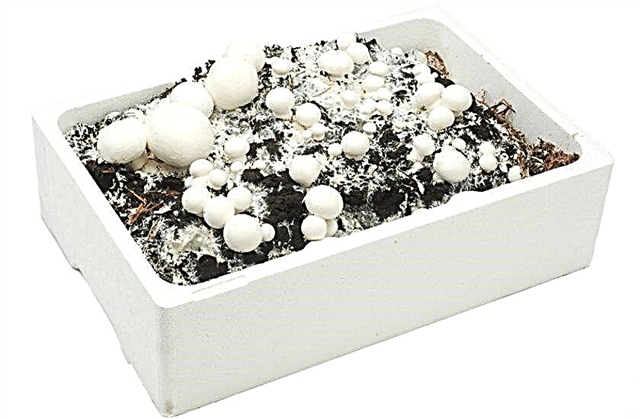
- Grain. It is characterized by a better and more stable crop. You can store it in the refrigerator for no more than six months. For 1 m², use no more than 350 g.

When the compost is ready, it must be laid out in 30 cm layers on racks, boxes or in forms. The mycelium must be distributed evenly over the entire area of the compost. It is best to carry out the landing procedure at a temperature of + 20 ° C to + 27 ° C. If you exceed or reduce these indicators, then the planting material may die. When using grain mycelium, sow it on top of compost and cover with another layer of nutrient soil.
Its optimum height is 5 cm. Compost mycelium is first broken into small pieces and deepened into the soil mixture by 4-5 cm. The distance between such areas should be no less than 20 cm. To ensure a comfortable level of humidity, you need to spray the compost with warm water and cover containers with wet paper.
Mushroom care
Since compost is needed for culture only at first, in 2-3 weeks you need to start adding fertile soil. Peat or loamy soil is best used. Watering should be carried out every day with warm, settled water. To prevent the development of harmful microorganisms, surfaces are treated with gaseous ozone. It also helps to increase the shelf life of matured products. If all the procedures are performed correctly, then after 90 days after the preparation of the compost, you can start harvesting.
To prevent the development of harmful microorganisms, surfaces are treated with gaseous ozone. It also helps to increase the shelf life of matured products. If all the procedures are performed correctly, then after 90 days after the preparation of the compost, you can start harvesting.
Harvesting
Harvesting is necessary at the moment when a film forms on the bottom of the hat. It should completely cover the brown plate. For home cultivation, do not cut fruit bodies, but scroll them a little and get them out of the soil.
After this, a small hole is formed. Pour a small amount of substrate into it to continue fruiting. Do not forget to remove the remains of torn champignons from the surface. Otherwise, it will provoke diseases and attract parasites.
How to store until sale
The shelf life of fresh champignons is very small. Therefore, it is necessary to agree on supplies in advance so that the buyer receives quality products. If you store fruit bodies in a film, then the flesh will deteriorate. If stored open, the mushrooms dry. If you want to increase the shelf life to a maximum of 5 days, you need to pack fruit bodies in paper bags and put in the bottom of the refrigerator.
If stored open, the mushrooms dry. If you want to increase the shelf life to a maximum of 5 days, you need to pack fruit bodies in paper bags and put in the bottom of the refrigerator.
The most profitable varieties of champignons
Thanks to the developed selection, a huge number of different varieties of champignons are delivered to the market.
The most profitable of them:
- Hauser A15. This is a young hybrid that is characterized by high yields. Most often it is grown in America and Europe. The hat of the fruiting body is rather large (up to 15 cm), and the pulp is dense. No flakes form on the surface. The main advantage is that it can grow on all types of compost.
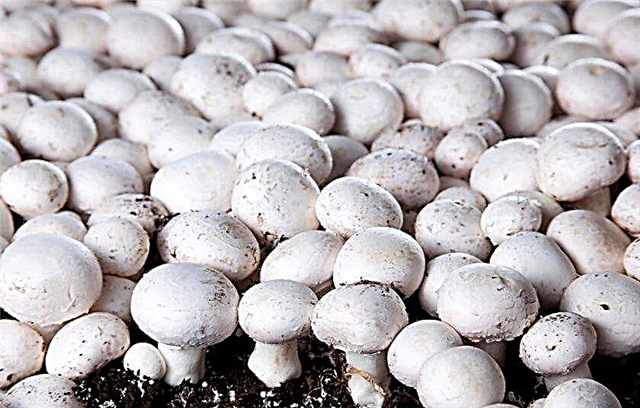
- Somicel 512. Strains of this species are most often found in Europe. This variety is characterized by stable fruiting and several waves of harvest. Fruit bodies of this species are not large, but despite this, they are in great demand among farmers.
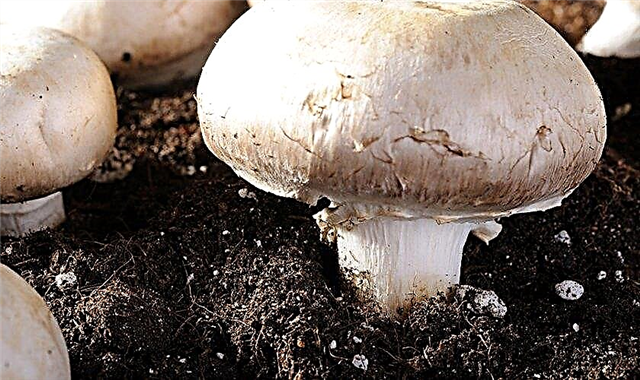
- Sylvan 130. The hybrid, bred in America, is suitable for planting on all types of substrate. Based on the description, this variety is characterized by rapid germination and high yield. Ideal for conservation.
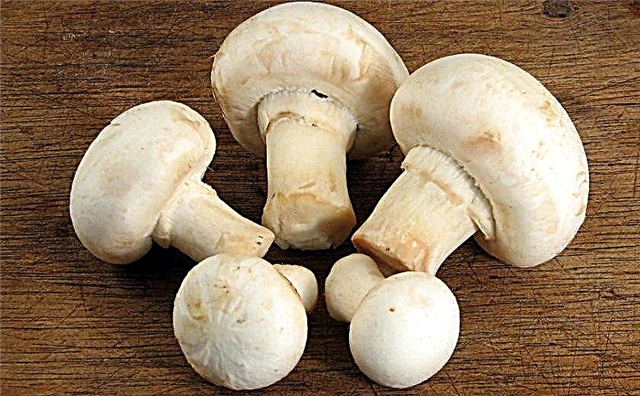
So, now you know that it is quite possible to grow champignons. The farmer only needs to follow the procedure for preparing the site, the substrate and buy high-quality planting material. If you follow all the conditions in the room where the mushrooms grow, then the harvest will be high-quality and plentiful.






